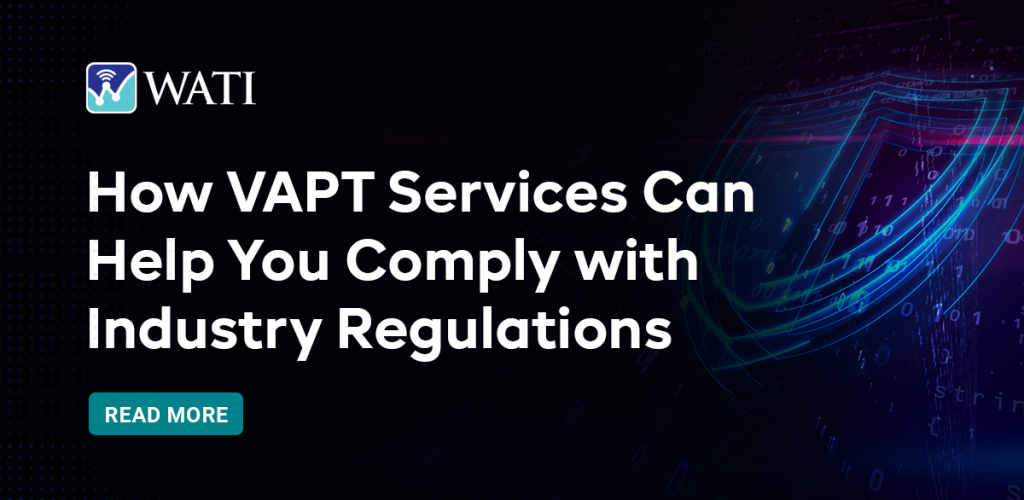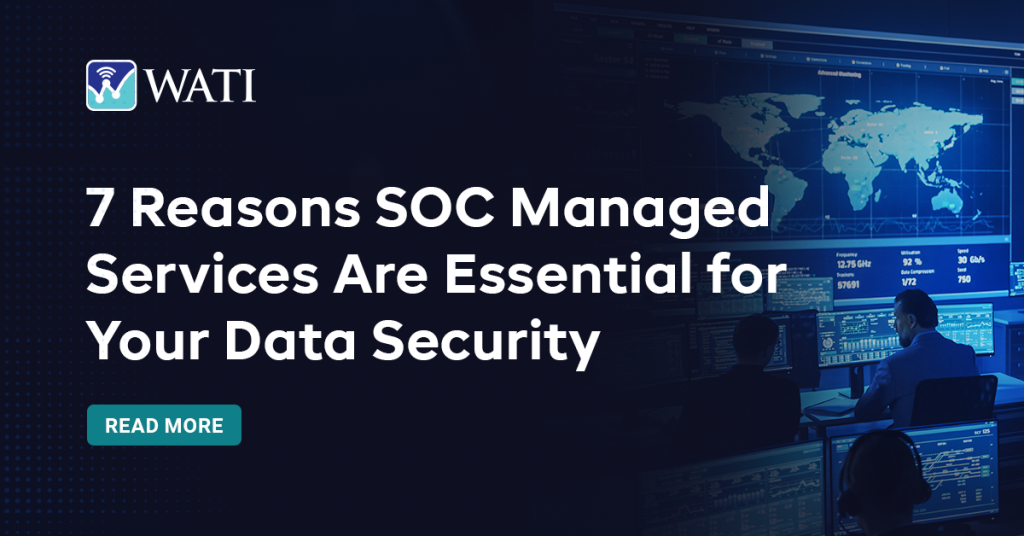The financial technology (fintech) industry is booming, revolutionizing how we manage money and access financial services. However, with this immense growth comes a critical responsibility: safeguarding the sensitive data entrusted by millions of users.
A recent report by Experian: highlights the severity of the situation. In Q3 2023, the financial services sector saw a staggering 43% increase in cyberattacks compared to the same period in 2022. This alarming trend underscores the need for robust cybersecurity measures, particularly Vulnerability Assessment and Penetration Testing (VAPT), for fintech companies.
What is VAPT and Why is it Crucial for Fintech’s?
VAPT is a comprehensive security assessment process that involves two crucial components:
- Vulnerability Assessment: This involves scanning systems, networks, and applications for security vulnerabilities. Vulnerability assessment tools identify weaknesses such as outdated software, misconfigurations, and other issues that could be exploited by attackers.
- Penetration Testing: Also known as “pen testing,” this involves simulated attacks on systems, networks, or applications to identify vulnerabilities that could be exploited by real attackers. Penetration testers attempt to exploit vulnerabilities in a controlled manner to assess the security posture of the target and provide recommendations and mitigation.
By combining these components, VAPT provides a realistic picture of an organization’s security posture, uncovering weaknesses that attackers could exploit.
For fintech companies handling sensitive financial information like account details, transaction data, and personally identifiable information (PII), VAPT offers several critical benefits:
- Proactive Threat Detection: VAPT identifies vulnerabilities before they can be exploited by attackers, allowing for timely mitigations of potential breaches.
- Enhanced Security Posture: By addressing vulnerabilities, VAPT strengthens an organization’s overall security posture, making it significantly more difficult for attackers to gain a foothold.
- Compliance with Regulations: Many regulations in the financial sector, such as the Payment Card Industry Data Security Standard (PCI DSS) and the General Data Protection Regulation (GDPR), require regular VAPT.
- Increased Customer Trust: Demonstrating a commitment to robust security through regular VAPT builds trust with customers and partners, who are increasingly concerned about data privacy.
Recent VAPT Trends and Fintech-Specific Considerations
The VAPT landscape is constantly evolving, with new threats and vulnerabilities emerging at an alarming rate. Here are some recent trends worth noting:
- Increased Focus on Cloud Security: As fintech companies embrace cloud-based solutions, VAPT needs to incorporate thorough assessments of cloud environments and configurations.
- API Security Concerns: APIs are becoming crucial for fintech integrations, demanding dedicated VAPT procedures to identify and address potential vulnerabilities within these interfaces.
- Mobile Application Security: The growing popularity of mobile fintech apps necessitates VAPT specifically designed to identify and mitigate risks associated with these applications.
Fintech companies also need to consider industry-specific factors when conducting VAPT:
- Third-Party Vendor Risk: Fintech companies often rely on third-party vendors for various services. VAPT should assess the security posture of these vendors to ensure they meet the same security standards.
- Open Banking Regulations: Open banking initiatives require secure data sharing between institutions. VAPT plays a crucial role in ensuring secure information exchange within these frameworks.
Conducting Effective VAPT for FinTech’s
To maximize the effectiveness of VAPT, fintech companies should follow these key recommendations:
- Partner with a Reputable VAPT Provider: Choose a provider with extensive experience in the financial sector and a proven track record of conducting successful VAPT engagements.
- Tailor VAPT to Specific Needs: VAPT should be customized to address the unique security challenges and vulnerabilities of each fintech company.
- Regular Testing: Schedule regular VAPT engagements, ideally quarterly or bi-annually, to stay ahead of evolving threats and vulnerabilities.
- Mitigation and Communication: Prioritize identified vulnerabilities based on severity and actively work on mitigation efforts. Communicate the VAPT findings and mitigation plans clearly to stakeholders.
Conclusion
In today’s digital landscape, where cyberattacks are constantly evolving, VAPT is no longer just an option for fintech companies. It has become a critical necessity for safeguarding sensitive data and building trust with customers. By proactively identifying and addressing vulnerabilities through VAPT, fintech companies can ensure a more secure and resilient financial ecosystem for everyone involved.



